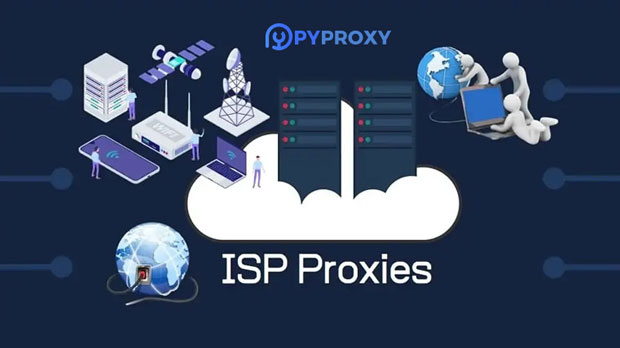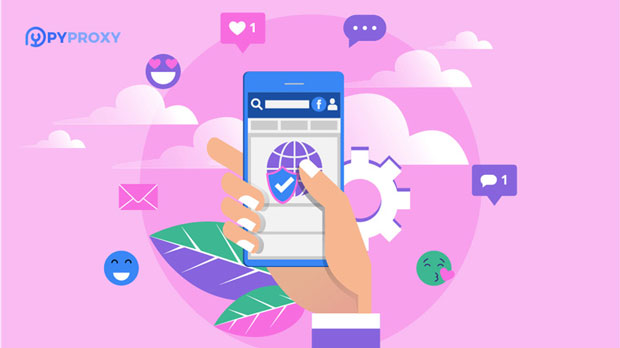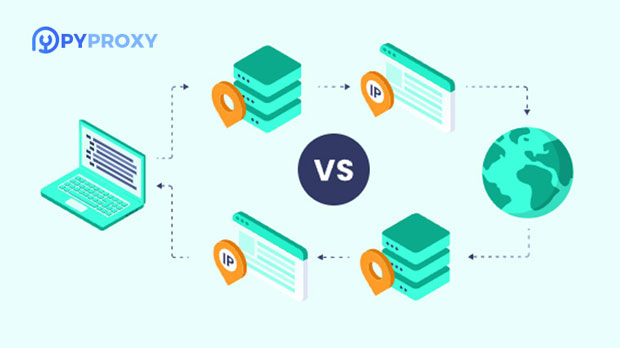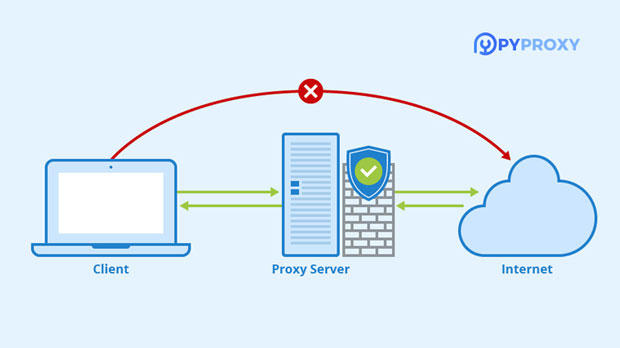How can U.S. proxy IPs be used for cross-border e-commerce?
In today's interconnected world, cross-border e-commerce is becoming increasingly popular as businesses and consumers seek to explore global markets. A powerful tool that can significantly enhance the efficiency and effectiveness of cross-border operations is the use of proxy ips, particularly US proxy ips. These proxies allow businesses to access regional markets, gather data, and manage multiple accounts securely, all while maintaining compliance with different regional laws and regulations. By utilizing a US proxy IP, businesses can interact with US-based e-commerce platforms, monitor competition, perform market research, and protect sensitive information. What Are Proxy IPs and Why Are They Important in E-Commerce?Before delving into how US proxy IPs can benefit cross-border e-commerce, it's essential to first understand what proxy IPs are. A proxy IP is an intermediary server that sits between the user's device and the internet. When using a proxy, the user's internet traffic is routed through the proxy server, masking their real IP address. This means that the user appears to be browsing from the location of the proxy server, not their own.In the context of cross-border e-commerce, proxy IPs can be invaluable. They allow businesses to access websites and services from different regions, bypass geographical restrictions, and improve privacy and security. Specifically, US proxy IPs provide businesses with the ability to interact seamlessly with US-based e-commerce platforms, analyze the US market, and gather essential data from American sources.The Role of US Proxy IPs in Market ResearchOne of the key ways in which US proxy IPs are used in cross-border e-commerce is for market research. By using a US-based proxy, e-commerce businesses can gain valuable insights into the American market. Many e-commerce platforms, such as Amazon, eBay, and Walmart, tailor their content and pricing to specific regions. With a US proxy IP, businesses can access this region-specific information without being blocked or restricted.Additionally, US proxies allow companies to monitor pricing trends, analyze competitor strategies, and identify new product opportunities. For example, by using a proxy to simulate browsing from the United States, businesses can gather information on popular products, seasonal trends, and consumer preferences. This data can then inform product development, pricing strategies, and marketing campaigns aimed at the US market.Accessing US-Based E-Commerce PlatformsFor businesses looking to expand their reach into the US market, using US proxy IPs is an effective way to engage with US-based e-commerce platforms. These platforms may restrict access to users from certain countries or regions, making it difficult for cross-border e-commerce businesses to interact with them. A US proxy IP can bypass these restrictions, allowing companies to access the platform and engage in activities such as listing products, reviewing competitors, and analyzing customer reviews.Moreover, US proxy IPs help businesses manage multiple accounts on US platforms. Many e-commerce platforms, like Amazon, have strict rules against users managing multiple accounts from the same IP address. By using different US proxy IPs for each account, businesses can effectively manage and scale their operations without running the risk of being flagged or banned.Enhancing Security and Privacy in Cross-Border TransactionsAnother important benefit of using US proxy IPs in cross-border e-commerce is enhanced security and privacy. When conducting online transactions, particularly across borders, security is a major concern. By routing traffic through a proxy server, businesses can better protect their sensitive data from cyberattacks, including data breaches, phishing, and malware attacks.US proxies can also help ensure that businesses comply with local laws and regulations, especially those related to data protection. For example, using a US proxy allows businesses to adhere to privacy regulations such as the California Consumer Privacy Act (CCPA) while conducting transactions with US-based consumers. By masking the business's real location and IP address, proxies add an extra layer of anonymity, making it harder for hackers or malicious actors to target specific businesses.Bypassing Geographical Restrictions and Localized ContentE-commerce businesses often face geographical restrictions that prevent them from accessing certain content or services based on their location. US proxy IPs are a powerful solution to this challenge. By masking a user's location, US proxies allow businesses to bypass region-specific restrictions on content, pricing, and promotions.For example, some US-based e-commerce platforms may display different pricing for customers located in specific regions of the United States. Using a US proxy allows businesses to view these region-specific price variations, helping them optimize their pricing strategy and maximize profits. Similarly, businesses can take advantage of US-exclusive deals, promotions, and discounts that may not be available to customers in other countries.Overcoming Content Scraping LimitationsIn cross-border e-commerce, content scraping is an important technique used to gather data from competitors' websites. However, many e-commerce platforms, especially US-based ones, implement security measures to block scraping attempts. A US proxy IP helps businesses overcome these limitations by allowing them to scrape content while masking their identity and location.This capability is especially useful for gathering information on competitors' product offerings, pricing strategies, and marketing techniques. With the help of US proxies, businesses can continuously monitor competitors and adjust their strategies in real-time. Content scraping, combined with the data obtained via proxies, provides businesses with actionable insights to improve their own operations.Challenges and Considerations in Using US Proxy IPsWhile US proxy IPs offer numerous advantages for cross-border e-commerce, there are also challenges and considerations that businesses must be aware of. One potential issue is the risk of using unreliable proxy providers, which could lead to poor performance or exposure to security risks. It's crucial to ensure that the proxy provider is trustworthy and offers high-quality services, including fast speeds, high uptime, and strong security protocols.Additionally, businesses must be mindful of the legal and ethical implications of using proxy IPs. While proxies are a legitimate tool for market research and security, they can also be misused for activities like scraping or accessing restricted content. To stay compliant with local laws and platform rules, businesses must use proxies responsibly and within the boundaries of legal frameworks.ConclusionIn conclusion, US proxy IPs are an invaluable tool for businesses engaged in cross-border e-commerce. They offer numerous benefits, including enhanced market research capabilities, access to US-based platforms, improved security and privacy, and the ability to bypass geographical restrictions. By utilizing these proxies, e-commerce businesses can streamline their operations, gather crucial data, and improve their market strategies. However, it's important to use proxies responsibly and ensure that they are sourced from reliable providers to avoid potential security and legal issues.
2025-02-06

























































